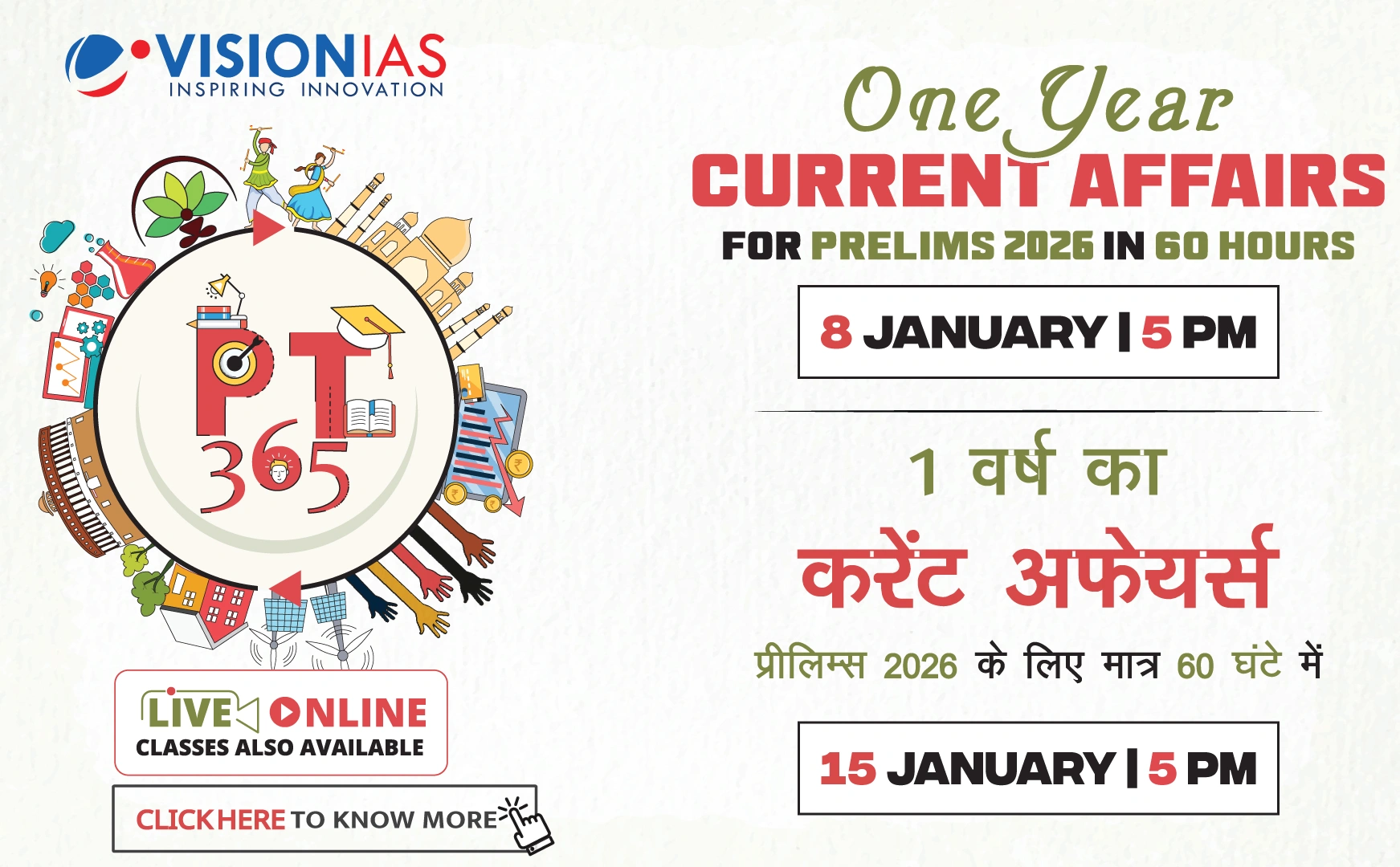Nutrition Challenge in India: A Comprehensive Overview
In the financial year 2025, two significant Indian government schemes, Saksham Anganwadi and Poshan 2.0, have received increased funding, emphasizing nutrition as a priority. However, the broader nutrition challenge in India extends beyond food insecurity to encompass cultural, caste-based, and gender-related dietary habits.
Key Issues in Nutrition
- Focus on Specific Populations:
- The primary focus of national nutrition policies is on malnutrition among women and children.
- Neglect of nutrition issues among women outside reproductive age, men, and senior citizens.
- Non-communicable Diseases (NCDs):
- Rising cases of diabetes, hypertension, and other lifestyle-induced diseases.
- 24% of women and 23% of men are overweight or obese; 14% take diabetes medication.
- Malnutrition Statistics:
- According to National Family Health Survey-5, 36% of children under five are stunted.
- 57% of women aged 15-49 are anaemic.
Current Nutrition Schemes
- Poshan 2.0 and Saksham Anganwadi:
- Provide take-home rations, supplementary foods, and track severe malnutrition.
- Focus on aspirational districts and the north-east region.
Need for a Comprehensive Nutrition Agenda
- Broader Identification: Address nutrition needs beyond reproductive and child health.
- Local Solutions: Emphasize local food systems and locally embedded facilities.
- Health and Wellness Centres (HWCs):
- Expand nutrition services to all population segments.
- HWCs must be sufficient and evenly distributed.
- Require dedicated staff and systematic implementation of services.
Strategic Recommendations
- Local Engagement: Engage local elites and link nutrition practices with local cuisines.
- Comprehensive Approach: View health as overall wellbeing, not just the absence of illness.
In summary, addressing India's nutrition challenge requires a multifaceted approach that extends beyond current schemes, emphasizing local solutions and broadening the focus to include all demographic segments affected by nutritional deficiencies.



